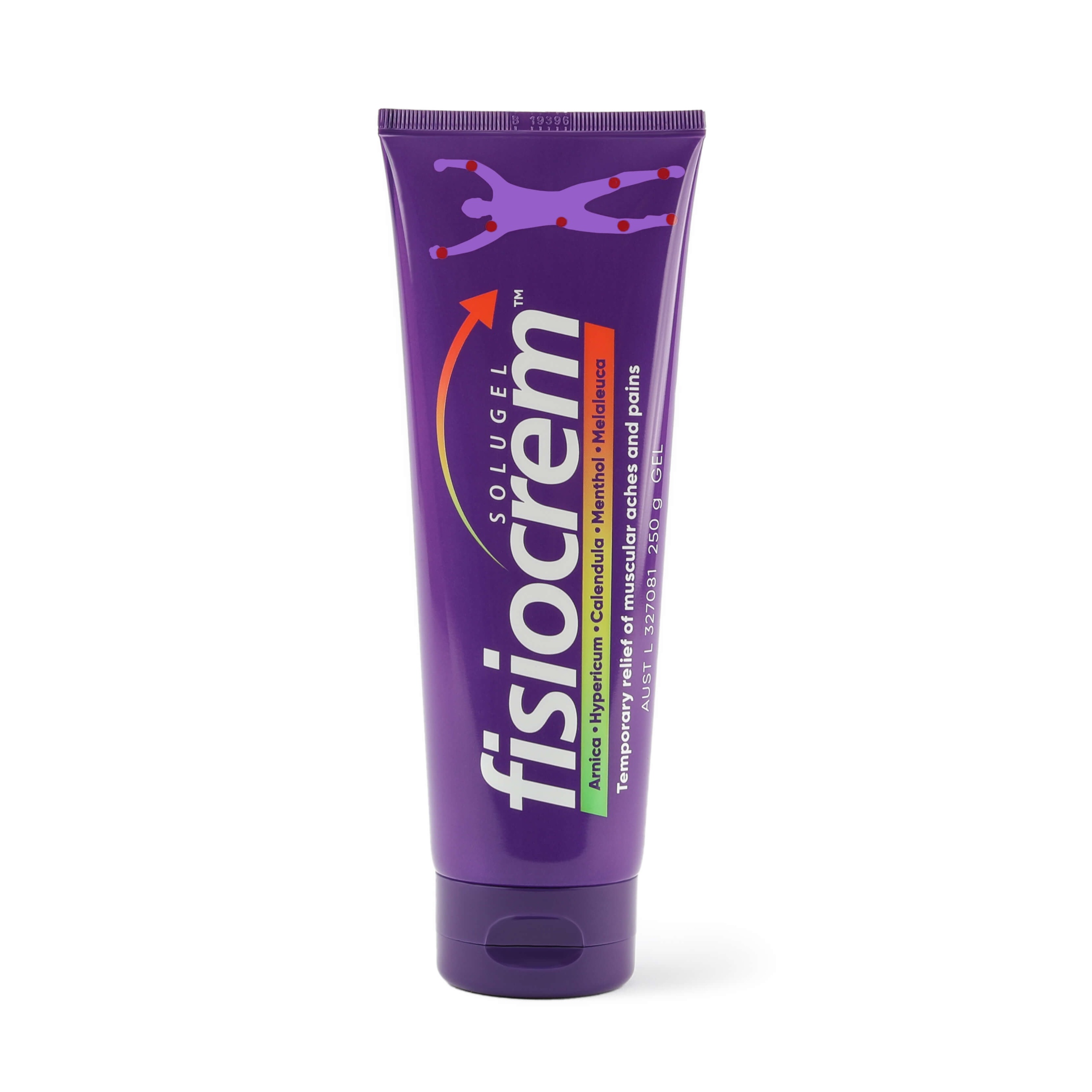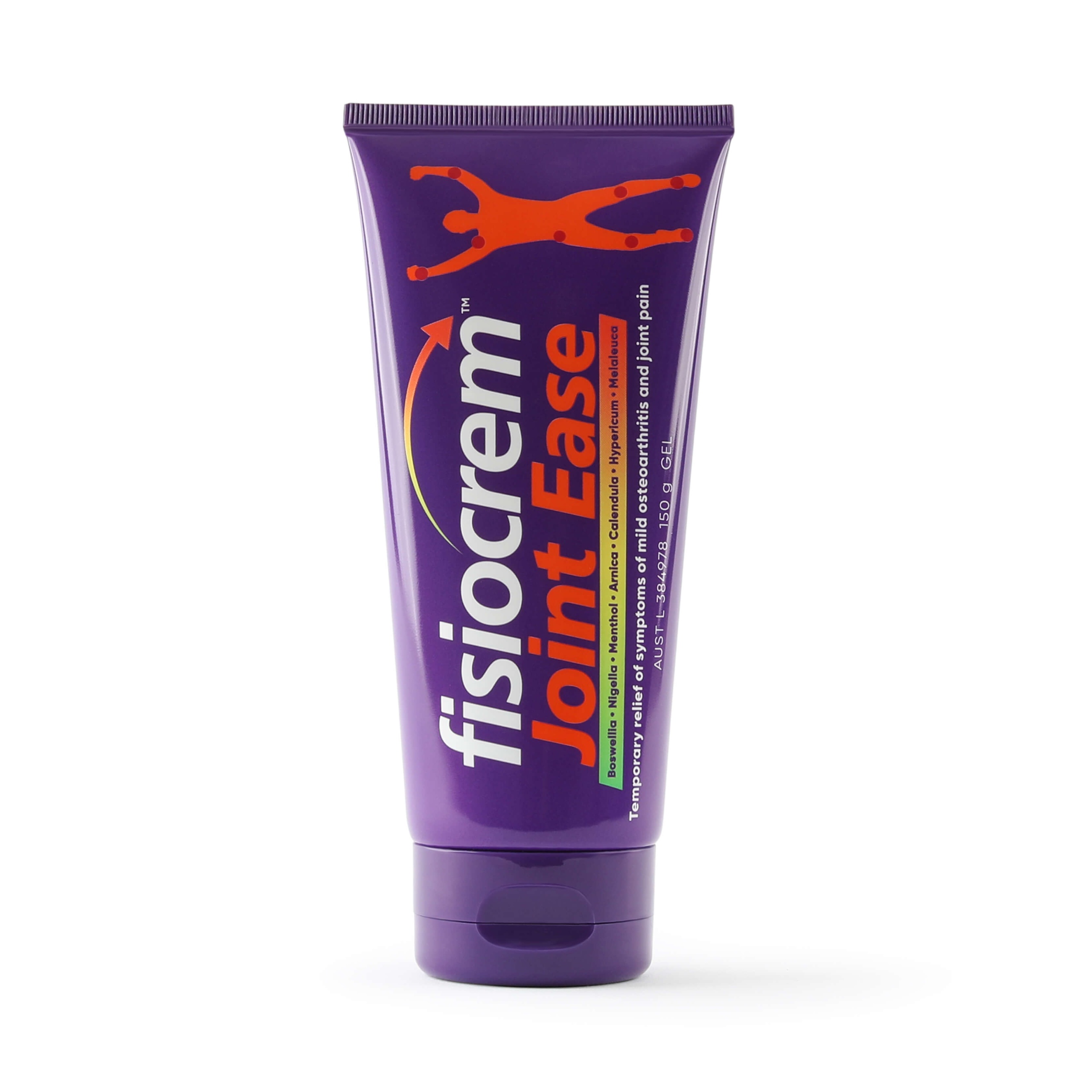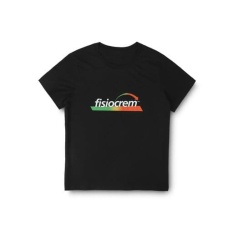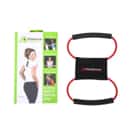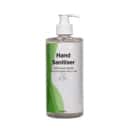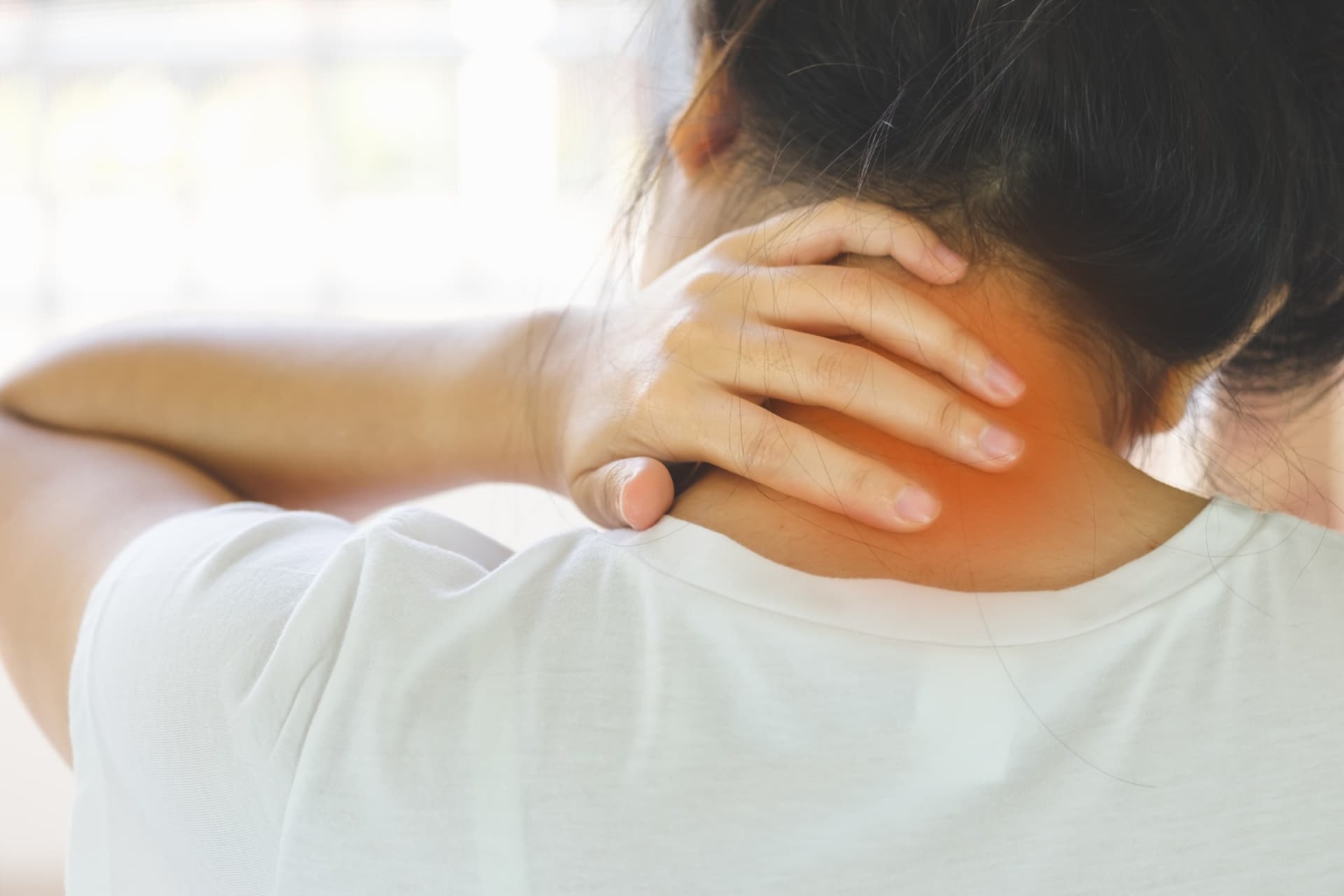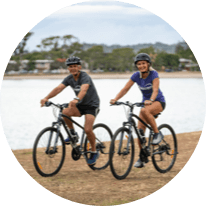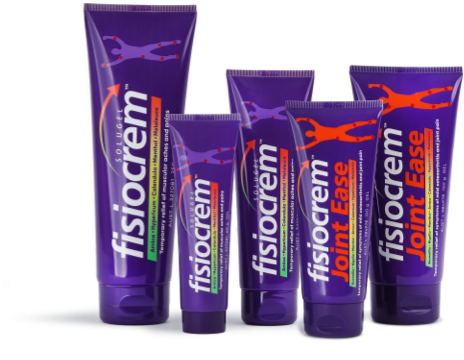Relieve Inflammation: 10 Effective Tips for Muscle & Joint Pain Management
Relieve inflammation with our comprehensive guide to managing muscle and joint pain effectively.
What causes inflammation in the body? Numerous factors can contribute to inflammation, with common culprits including mild arthritis, altered muscle usage, or injury (Tidball, 2005). Signs include redness, swelling, heat, pain and a loss of function (Hawiger et al., 2019).
Coping with muscle and joint pain can profoundly affect your overall quality of life. Fortunately, there are effective ways to manage inflammation and alleviate discomfort. Discover 10 actionable tips to alleviate discomfort and enhance your well-being.
1. Embrace the Power of Anti-Inflammatory Foods
Nutrition is a considerable and changeable risk factor that can cause inflammation (Hess et al., 2021).
Incorporating dietary components like fibre, antioxidants, and omega-3 fatty acids can effectively reduce inflammation symptoms such as swelling and pain (Hess et al., 2021). Focus on incorporating fruits, berries, vegetables (leafy greens and tomatoes), nuts and whole grains into your diet (Wu et al., 2012).
Steer clear of saturated fats and sodium as they can lead to increased levels of inflammation (Hess et al., 2021).
2. Stay Hydrated for Joint Health
Water is a major component of body fluids. These include that of blood and synovial joint fluid, both of these components perform vital functions in the body (Benelam et al., 2010).
Water in synovial fluids lubricates and cushions joints, making movement smoother and reducing friction (Benelam et al., 2010).
Individuals’ water needs vary based on factors like body size, composition, environment, and physical activity levels.
3. Regular Exercise
Physical activity can help to protect against numerous diseases (Ford, 2001). Engaging in regular physical exercise reduces the risk of obesity, and thus reduces inflammation in the body (Wilund, 2007)(Metsios et al., 2020).
Low-impact activities like swimming, cycling, and yoga can help strengthen muscles, improve flexibility, and reduce stiffness. Just be sure to listen to your body and avoid activities that exacerbate your pain.
4. Get Sufficient Quality Sleep
Inadequate sleep or sleep deprivation can cause an inflammatory response. Changes in sleep patterns from lifestyle, aging, or illness can lead to more inflammation, affecting overall health (Simpson et al., 2007).
Be sure to get adequate sleep and establish healthy sleep habits. It can help lower inflammation and boost your overall well-being (Simpson et al., 2007).
Aim for seven to nine hours of quality sleep each night to allow your body ample time to repair and recover. Establish a relaxing bedtime routine and create a comfortable sleep environment to promote restorative rest.




5. Incorporate Supplements Wisely
Certain supplements can complement your efforts and assist with the treatment of inflammation.
Glucosamine has been a supplement widely used to treat mild osteoarthritis and joint diseases characterised by cartilage degeneration. Glucosamine suppresses inflammatory cell activation thus helping to reduce inflammation (Nagaoka et al., 2011).
Chondroitin sulfate helps to reduce joint swelling and creates an anti-inflammatory effect within the body (Iovu et al., 2008).
Turmeric is a supplement traditionally used for its anti-inflammatory properties (Lantz et al., 2005). Turmeric can help relieve joint & muscle inflammation.
Consulting with a healthcare professional before adding any new supplements to your regimen is essential.
6. Practice Mindfulness and Stress Reduction Techniques
Stress can cause inflammation in the body. Doing activities like meditation, deep breathing, and muscle relaxation can lower stress and make you feel more relaxed (Black et al., 2002).
Engaging in activities you enjoy, like hobbies or being outdoors, can you a mental break and ease stress.
7. Maintain a Healthy Weight
Inflammation is closely linked to obesity. Carrying excess weight puts added stress on your joints, contributing to inflammation and pain. By maintaining a healthy weight, you can reduce the burden on your joints and alleviate discomfort (Rodríguez-Hernández et al., 2013).
Adopt a healthy balanced diet and incorporate regular exercise into your routine to help maintain a healthy weight.
8. Cold Therapy
Cold therapies can help reduce pain, promote blood flow and reduce inflammation whilst delaying the onset of muscle soreness (Malanga et al., 2014).
9. Consider Physical Therapy
Physical therapy can be incredibly beneficial for managing inflammation and improving muscle mass and joint function. A physical therapist can help customise an exercise program that helps to prevent and reduce inflammation (Addison et al., 2012).
10. Topical rubs
Topical analgesic rubs are an inflammation treatment option that can help relieve pain, and swelling and promote recovery (Ramon et al., 2022).
fisiocrem Solugel helps to relieve inflammation of muscles and improve body tissue repair. The synergetic action of fisiocrem Solugel’s active ingredients (Arnica, Hypericum, Calendula, Melaleuca and Menthol) help to relieve pain, stimulate blood flow and reduce swelling.
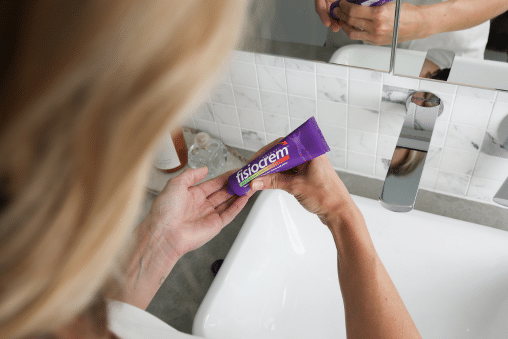
fisiocrem Joint Ease helps to relieve mild joint inflammation and helps to promote healthy joint function. fisiocrem Joint Ease relieves mild osteoarthritis symptoms and is available online or at pharmacies, including Chemist Warehouse.
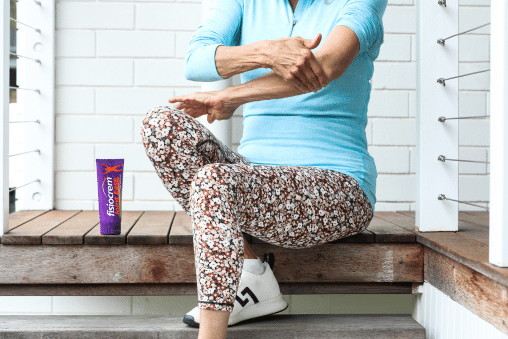
Dealing with muscle and joint pain caused by inflammation can be challenging, but it’s not impossible. By incorporating some of the above tips you can effectively manage inflammation and ease discomfort.
Consult a healthcare professional before making significant changes to your routine. Stay consistent and patient as you aim for relief.
Citations
- Addison, O., LaStayo, P., Dibble, L., Marcus, R. (2012). Inflammation, Aging, and Adiposity Implications for Physical therapists. Journal of geriatric physical therapy 35(2), 86-94.
- Benelam, B., & Wyness, L. (2010). Nutrition Bulletin, 35(1), 3–25.
- Black, P., Garbutt, L. (2002). Stress, inflammation and cardiovascular disease. Journal of psychosomatic research, 52(1), 1-23.
- Ford, E. (2001). Does Exercise Reduce Inflammation? Physical Activity and C-reactive protein among U.S. Adults. Epidemiology, 13(5), 561-568.
- Hawiger, J., & Zienkiewicz, J. (2019). Scandinavian Journal of Immunology, 90(6).
- Hess, J., Stephensen, C., Kratz, M., Bolling, B. (2021). Advances in nutrition, 12.
- Iovu, M., Dumais, G., Souich, P. (2008). Anti-inflammatory activity of chondroitin sulfate. 16(3), S14-S18.
- Lantz, R., Chen, G., Solyom, A., Jolad, S., Timmermann, B. (2005). The effects of turmeric extracts on inflammatory mediator production. Phytomedicine, 12 (6-7), 445 – 452.
- Malanga, G. A., Yan, N., & Stark, J. (2014). Postgraduate Medicine, 127(1), 57–65.
- Metsios, G., Moe, R., Kitas, G. (2020). Exercise and inflammation, 34(2).
- Nagaoka, I., Igarashi, M., Hua, J., Ju, Y., Yomogida, S., Sakamoto, K. (2011) Recent aspects of the anti-inflammatory actions of glucosamine. Carbohydrate Polymers, 84(2), 825-830.
- Ramon et al Ortho & Rheum Open Access J 20(1): OROAJ.MS.ID.556028 (2022) This study was funded by fisiocrem
- Rodríguez-Hernández, H., Simental-Mendía, L. E., Rodríguez-Ramírez, G., & Reyes-Romero, M. A. (2013). Obesity and Inflammation: Epidemiology, Risk Factors, and Markers of Inflammation. International journal of endocrinology.
- Simpson, N., Dinges, D. (2007). Sleep and inflammation. Nutrition reviews, 65(3), S244-S252.
- Tidball, J. G. (2005). American Journal of Physiology-Regulatory, Integrative and Comparative Physiology, 288(2).
- Wilund, K. (2007). Is the anti-inflammatory effect of regular exercise responsible for reduced cardiovascular disease? Clinical science, 112(11), 543-555.
- Wu, X., & Schauss, A. G. (2012). Journal of Agricultural and Food Chemistry, 60(27), 6703–6717.

